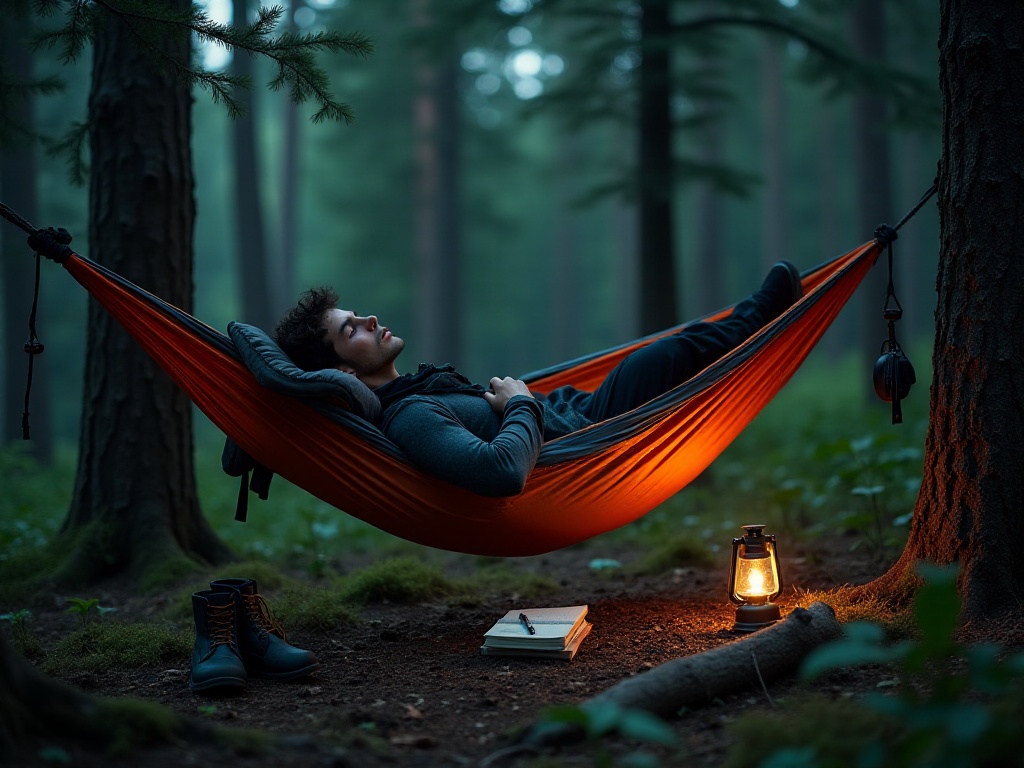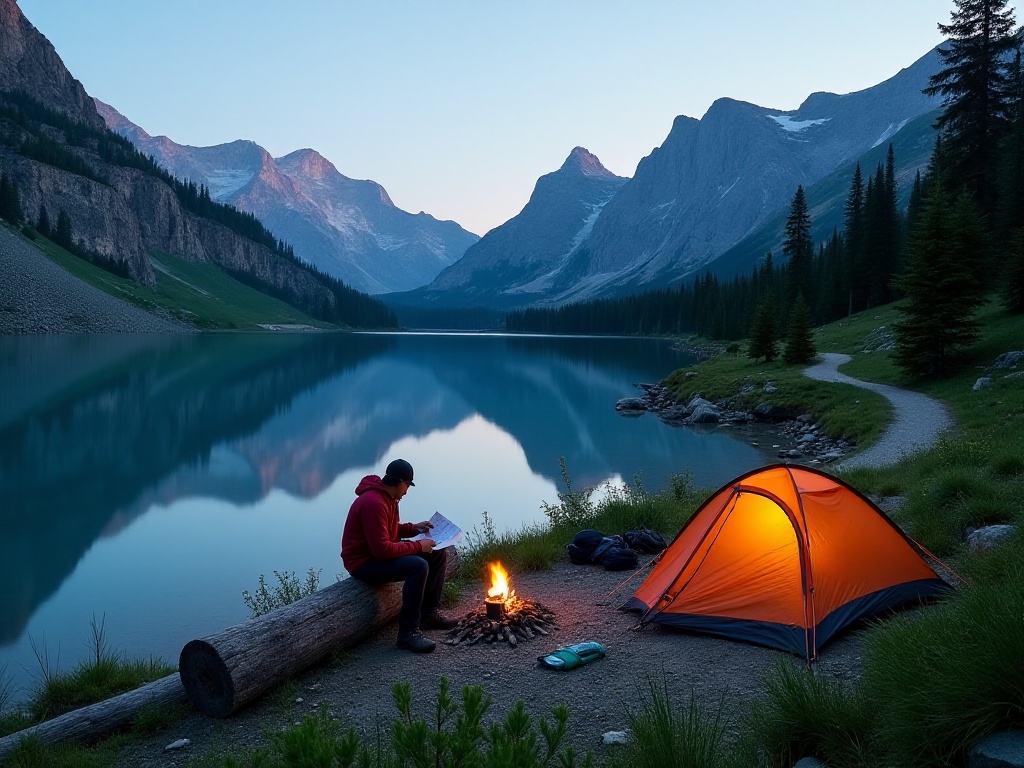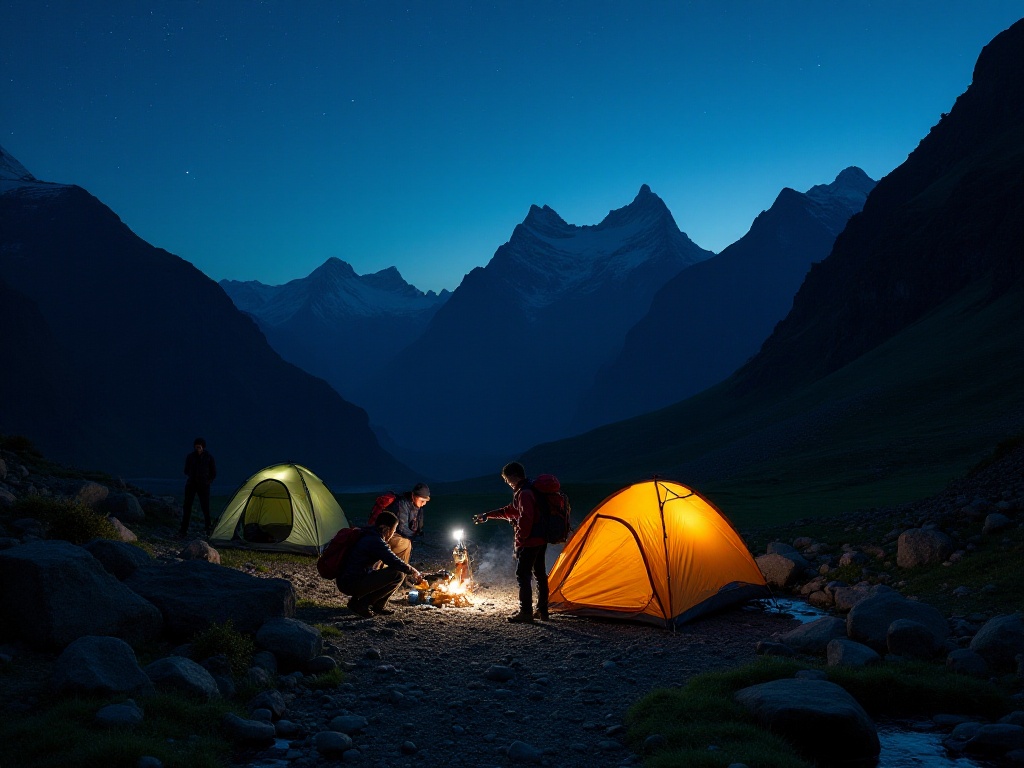Origins
In the summer of 2018, amid the stifling heat in the air, I stood alone in the airport terminal, clutching my boarding pass with a racing heart. This was my first time shouldering a backpack and embarking on a journey to Southeast Asia. At that moment, I felt both excited and nervous, like an adventurer about to explore, or a child leaving home for the first time.
The reason for this journey was quite simple. I had just started working not long ago, trapped in an office building every day, and while gazing out the window, I always felt something was missing in life. Until one day, I came across a backpacking travel video shared by a blogger, and that free-spirited lifestyle deeply attracted me. So, after saving up enough travel funds, I decisively began my backpacker journey.
Looking back now, that decision completely changed my understanding of travel. It made me realize that travel isn't just about checking off tourist spots and taking photos for social media, but rather a life attitude and a way to explore the world.
Two Travel Styles
When it comes to backpacking, many might think it's just about carrying a large bag everywhere. Actually, backpacking mainly falls into two categories: leisure tourism and outdoor adventure. Though both are called "backpacking," the experiences and requirements are quite different.
Leisure tourism backpacking is the most suitable style for us urban youth. It doesn't require particularly professional equipment and emphasizes economy and freedom. During my first trip to Chiang Mai, Thailand, I chose this style. I remember staying at a hostel called "Wanderlust" in the old city. Though the room was simple, it was clean and tidy, and most importantly, the atmosphere was exceptional.
Every evening, travelers from around the world would gather in the hostel's common area. There was a French girl who had just come from Laos, a German guy in his third year of traveling around the world, and a Korean woman who came specifically to learn Thai massage. We sat together, drinking cheap beer from convenience stores, sharing our travel stories. Sometimes when the mood struck, we would spontaneously team up to explore the night market or plan the next day's itinerary together.
This free-spirited way of traveling brought me unprecedented joy. There was no need to rush through group tour schedules; I could go wherever I wanted, rest at a roadside café when tired, or dive into local restaurants recommended by locals when hungry.
Outdoor adventure backpacking is a completely different world. In the summer of 2022, I tried a three-day wilderness camping and hiking trip for the first time. We chose a remote mountainous area in Zhejiang, carrying tents, sleeping bags, and three days' worth of supplies, completely disconnected from modern civilization.
I remember feeling a bit uncomfortable during the first night of camping. But when lying in the tent, listening to insects chirping and gazing at the starry sky, that feeling of being in close contact with nature was truly addictive. The first ray of sunlight seen when stepping out of the tent the next morning, making a hot cup of instant coffee - that kind of happiness is something you can never experience in the city.
These two travel styles each have their own characteristics. The leisure style focuses more on cultural experiences and social interactions, while the outdoor style emphasizes natural exploration and self-challenge. The choice depends entirely on personal preference, but I suggest beginners start with the leisure style.
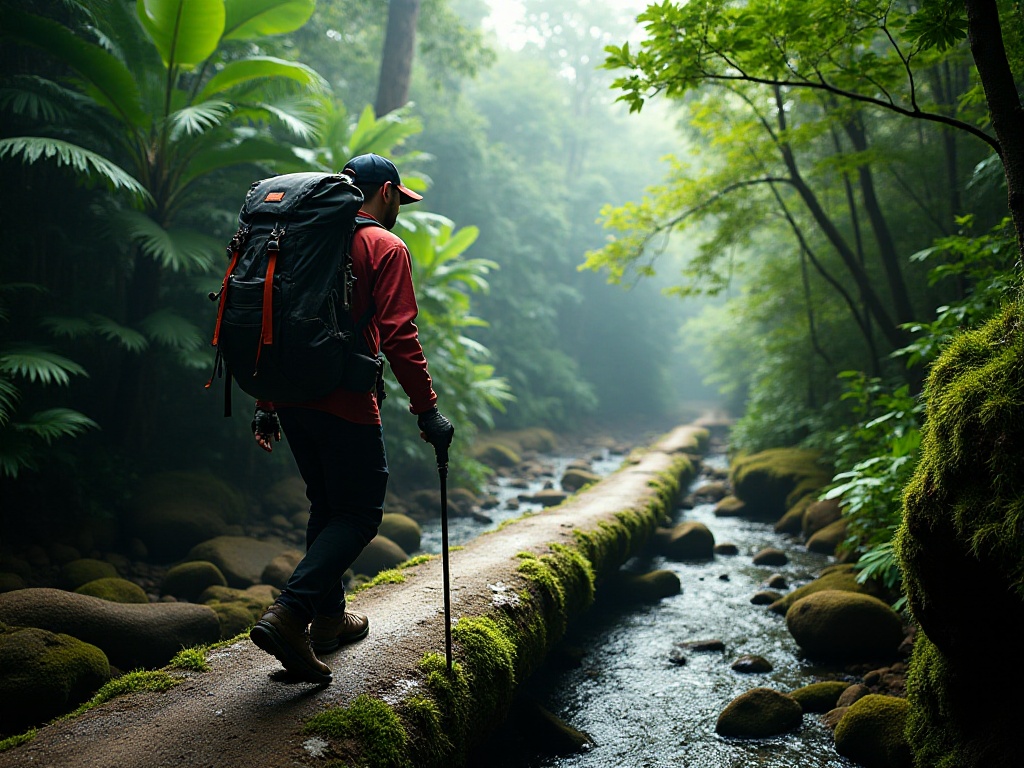
In-Depth Experience
Speaking of in-depth experiences, we must discuss outdoor adventure backpacking in detail. I remember when I first participated in outdoor hiking, an experienced hiker said, "In the outdoors, you never know what you'll encounter around the next corner." This statement left a deep impression on me because it captures the essence of outdoor activities - full of unknowns and challenges.
That three-day wilderness camping and hiking trip in 2022 gave me many unforgettable experiences. On the first day, we climbed up mountain paths, and although the backpacks were heavy, the scenery along the way made us forget our fatigue. During lunch, we rested on a platform, sharing our packed food. Some brought sausages, others brought energy bars, and we shared everything - it felt particularly warm.
By evening, we found a suitable spot for camping. This is where team cooperation became crucial. Experienced members were responsible for selecting the site and setting up tents, while newcomers collected firewood and prepared dinner. In wilderness survival, everyone must learn to be independent while also learning to help each other.
On the second morning, I experienced "starlight camping" for the first time. I woke up at four in the morning, opened the tent, and saw the entire sky filled with stars, the Milky Way clearly visible. At that moment, I suddenly understood why so many people are passionate about outdoor activities - because only here can you truly experience the intimate relationship between humans and nature.
Outdoor activities not only exercise physical fitness but more importantly cultivate willpower and team spirit. In the wilderness, you must learn to manage your energy, have sufficient patience and perseverance. At the same time, you must learn to take care of your teammates because in the outdoors, the team is your most important support.
In recent years, outdoor activities have become increasingly popular among young people. Many born after 1995 are no longer satisfied with traditional tourism and are pursuing more challenging outdoor experiences. For instance, we often see young people sharing their camping experiences, hiking routes, and even rock climbing and cave exploration experiences on social media.
This transformation actually reflects the new pursuit of lifestyle among the younger generation. We are no longer satisfied with simple "check-in" tourism but rather crave genuine experiences through personal participation. Each outdoor activity is a breakthrough and recognition of oneself.
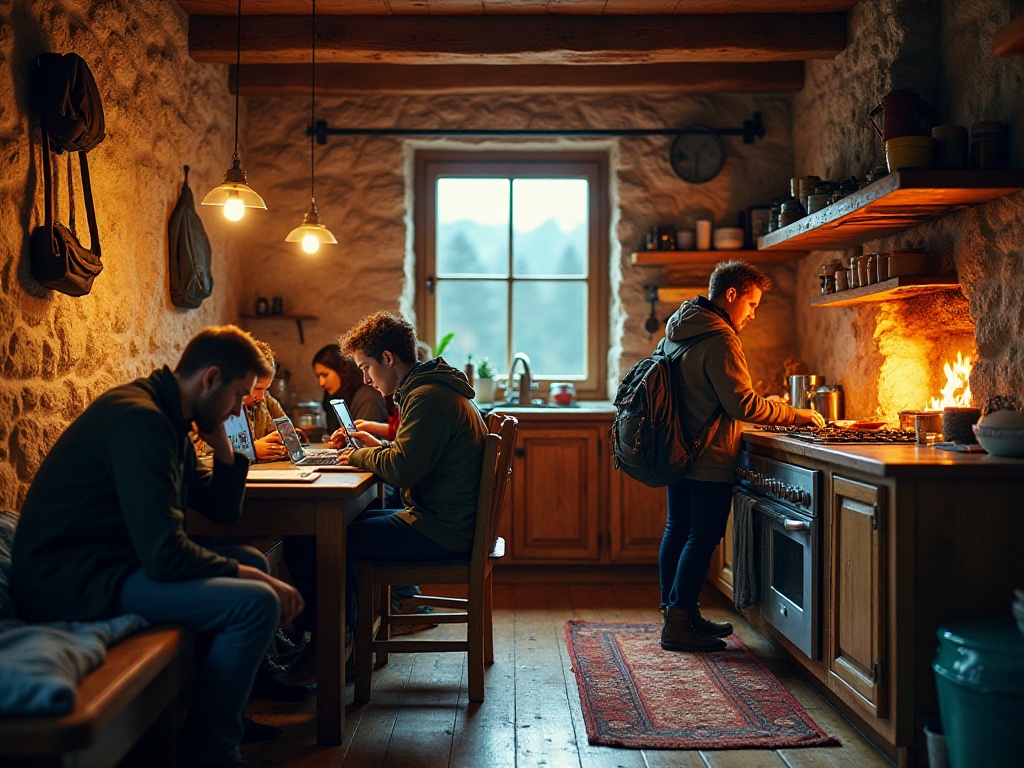
Equipment Selection
When it comes to backpacking, equipment selection is a major topic. I remember making quite a few mistakes when I first bought equipment. Looking back now, it's quite amusing - like buying an 80-liter backpack, only to be stumped by airport baggage weight restrictions on my first trip.
After years of experience, I've developed a relatively complete set of equipment selection standards. First is choosing a backpack, one of the most important pieces of equipment. For leisure backpackers, a 40-60 liter backpack is most suitable. Why this capacity? Because it can hold about a week's worth of necessities without exceeding weight limits. I now use a 45-liter backpack, which has no problems on flights and is completely sufficient when space is properly planned.
When selecting a backpack, pay attention to several key points: first, the material should be waterproof, so you don't have to worry about rain; second, the shoulder straps and waist belt design should be ergonomic to properly distribute weight; finally, there should be enough compartments for easy storage and access to items.
Regarding clothing selection, I recommend choosing quick-drying, lightweight functional fabrics. I remember my first trip to Southeast Asia, I brought several pure cotton T-shirts, resulting in being damp every day, which was very uncomfortable. Now I choose professional quick-drying clothes, which are comfortable to wear and easy to wash - wash them at night and they're ready to wear the next day.
Electronic devices are also essential equipment for modern backpackers. I usually bring a lightweight laptop (mainly for organizing photos and recording travel journals), a camera (although phone cameras are very good now, cameras can still take more professional photos), and necessities like power banks and power adapters.
For emergency items, a small medical kit is necessary, containing some common medications like cold medicine, digestive medicine, band-aids, etc. Additionally, I bring a simple tool kit including a Swiss Army knife, flashlight, rope, etc. These items don't take up much space and can be very useful in critical moments.
As for specific item distribution ratios, I've developed a relatively reasonable plan: clothing takes 35%, including change of clothes and outerwear; toiletries take 15%, including toothbrush, toothpaste, towels, and other necessities; electronic devices take 20%, including various digital products and chargers; emergency items take 10%, including medicines and tools; the remaining 20% space is left for souvenirs and unexpected situations.
For outdoor adventure backpackers, the equipment list becomes more professional and complex. Besides basic camping equipment like tents, sleeping bags, and sleeping pads, you also need to prepare professional outdoor clothing, hiking boots, trekking poles, etc. The selection of this equipment needs to be more careful as it directly relates to the safety and comfort of outdoor activities.
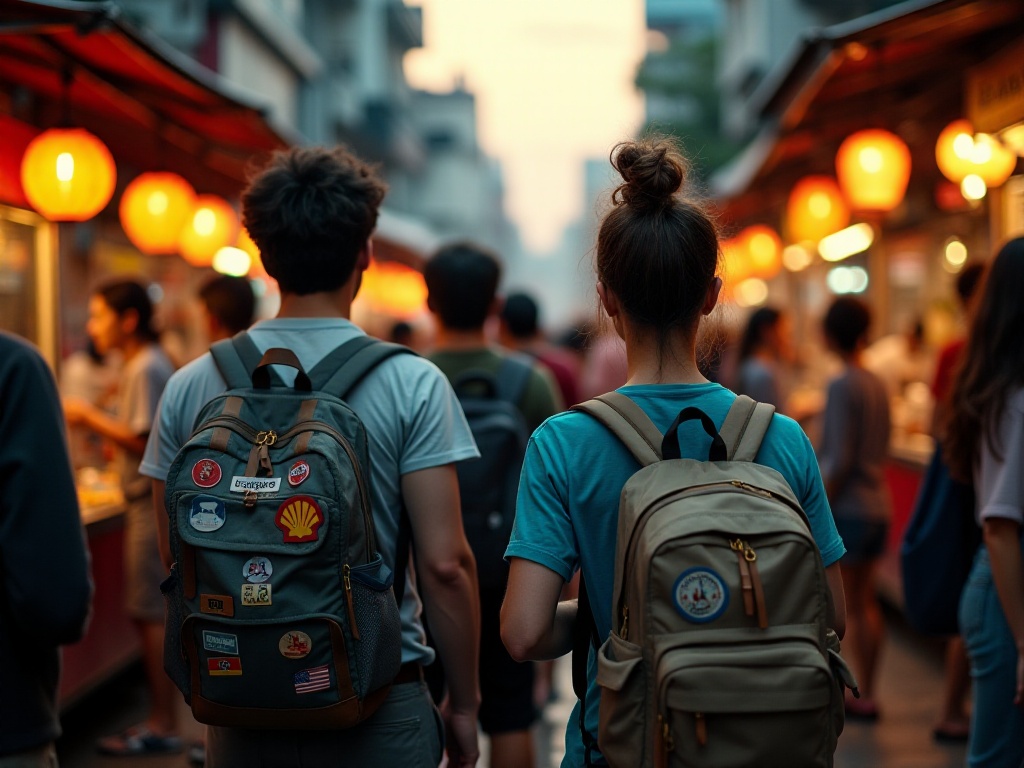
Beginner's Advice
As someone who has transformed from a novice to an experienced backpacker, I particularly understand the various concerns when first trying it out. So I want to especially emphasize: never pursue too difficult itineraries when starting out.
I recommend beginners start with short trips nearby. For example, friends in Zhejiang can first choose destinations like Moganshan. Moganshan is not only beautiful but also has convenient transportation and multiple accommodation options, making it very suitable for beginners to practice. I remember my first trip to Moganshan, staying in a hostel at the foot of the mountain, hiking and exploring during the day, and exchanging experiences with other travelers in the evening, both exercising physically and gaining experience.
When choosing the destination for your first backpacking trip, consider several key factors: first is transportation convenience, preferably choosing places accessible by public transport; second is accommodation conditions, recommend choosing places with proper hostels for both economy and safety; finally, whether the local tourism facilities are well-developed, as beginners need timely help when encountering problems.
In terms of itinerary planning, beginners must leave enough buffer time. I've seen too many people pack their schedules full on their first trip, only to end up exhausted. Remember, the essence of backpacking is experiencing the process, not rushing through schedules. Better to visit fewer places but enjoy each one properly.
Regarding budget control, I suggest preparing two funds: one is the basic budget, including transportation, accommodation, dining, and other necessary expenses; another is emergency funds for unexpected situations. Based on my experience, a basic budget of 200-300 yuan per day is enough in most domestic cities, though this is based on staying in hostels and eating at popular restaurants.
Socially, I recommend newcomers participate more in hostel-organized activities. Many hostels regularly organize small activities like hiking or food tours, which are great opportunities to meet like-minded friends. I remember when I first stayed in a hostel, I met several super interesting travelers through participating in their organized city walk, and we still keep in touch until now.
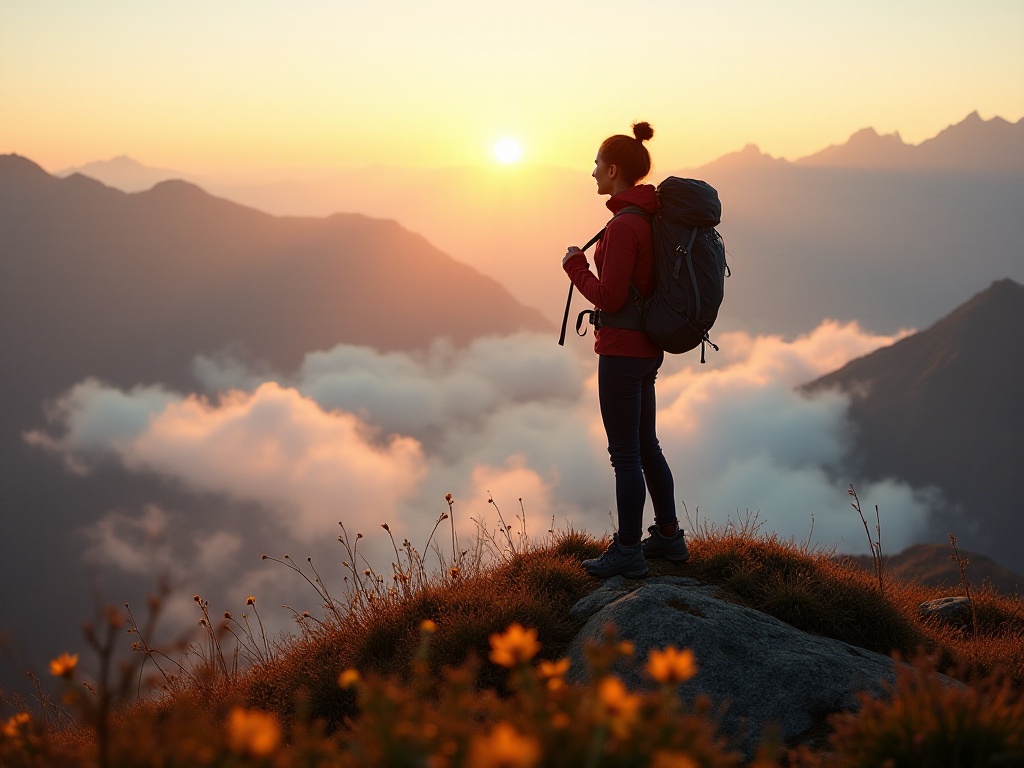
Future Outlook
With the development of technology and changes in lifestyle, backpacking forms are constantly innovating. Particularly worth mentioning is the emerging lifestyle of "digital nomads," which perfectly combines work and travel.
What are digital nomads? Simply put, they are people who can work remotely through the internet while traveling around the world. I have a friend who is a typical digital nomad, a freelance designer who can work anywhere in the world with just a laptop and stable internet connection. Last year she stayed in Chiang Mai for three months, working in cafes during the day and exploring the surroundings on weekends, living a particularly fulfilling life.
This lifestyle is attracting more and more young people. According to the latest data, over 35 million people globally are practicing the digital nomad lifestyle, with China's digital nomad community growing at a rate of 40% annually. This number is stunning but makes sense when you think about it. After all, who wouldn't want to both work for money and travel around?
The development of the sharing economy has also brought new possibilities for backpacking. Many platforms now offer shared tents and camping equipment services, greatly lowering the threshold for outdoor activities. You don't need to invest a large amount of money at once to purchase equipment to experience outdoor life.
Additionally, the rise of various travel social platforms has made connections between backpackers closer. Through these platforms, you can find like-minded companions, plan itineraries together, and share experiences. Sometimes, a route recommendation from a stranger might lead you to discover a completely different destination.
Looking to the future, I believe backpacking will become more diverse and personalized. Perhaps we'll see more travel styles combining virtual reality technology, or more themed backpacking trips targeting specific interests. But regardless of how forms change, the essence of backpacking remains unchanged: that is the pursuit of freedom, exploration of the unknown, and the process of continuous self-discovery on the road.
In this era of interconnection, backpacking is no longer simply "carrying a bag around the world," but a life attitude, a life choice. It teaches us how to live simply, how to get along with strangers, how to adapt to different environments, and more importantly, how to live authentically.
So, are you ready? Pack your bags and set off! This world is so big, there's bound to be a style that suits you.


